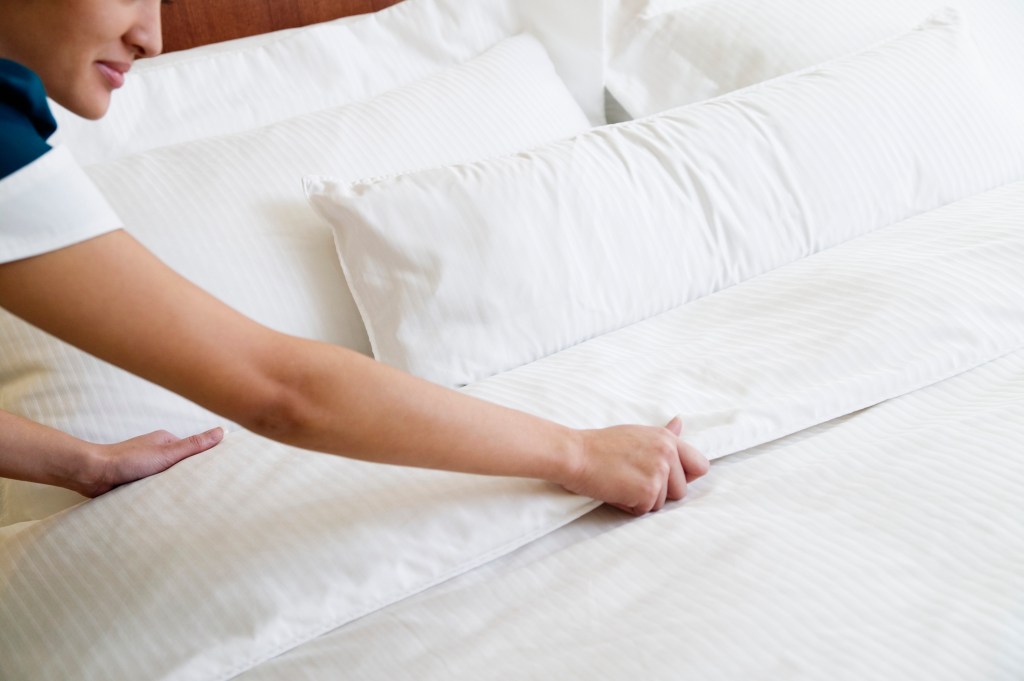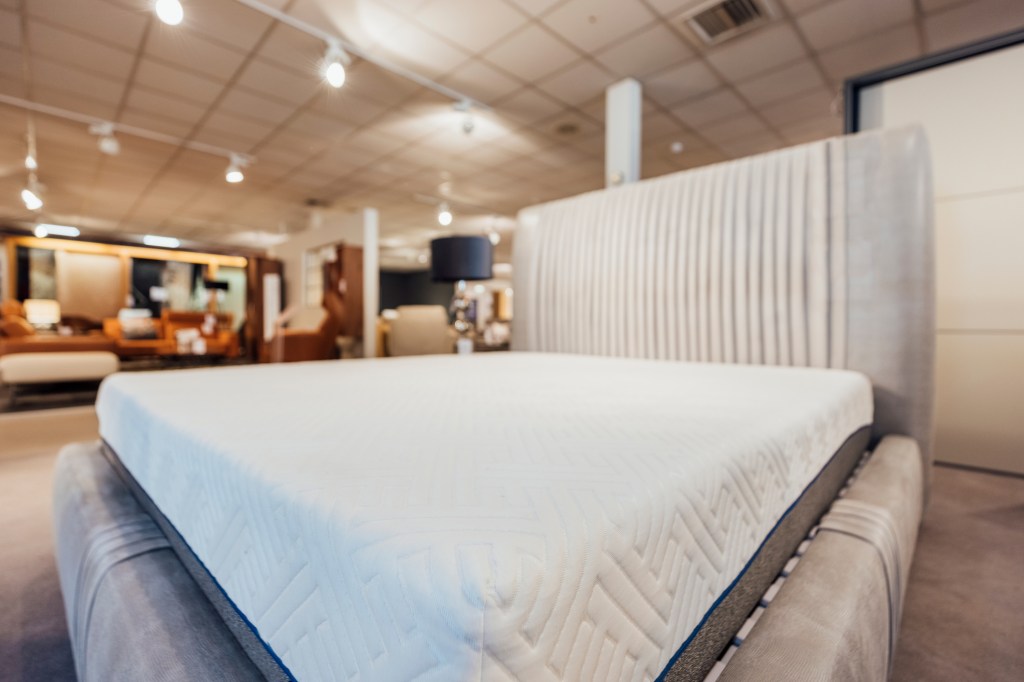

Bad news, folks: According to recent research, bedbugs are on the rise in the United States. Experts believe this could be due to an increase in travel, or a lack of education on how to spot and treat the invasive pests. It’s also possible that they’re able to breed and travel more effectively due to climate change. They wouldn’t be the first. Scientists have also been finding ticks earlier in the season—and in dozens of new locations—thanks to global warming.
Videos by Outdoors with Bear Grylls
Unlike ticks, bedbugs can be hard to avoid because they live in bedding and clothing and are extremely hard to see. While they don’t often carry diseases, they can cause red bumps, and it can be hard to find relief from itching once you’ve been bit.
If you fear the very idea of facing a bedbug infestation, you’ll want to read on. We spoke to a handful of experts to get their best insights on how to spot, prevent and treat bedbug infestations. Fingers crossed you’ll never need to use this information but, like anything else, it’s best to be informed:
How to Spot Bedbugs

Knowing how to spot bedbugs will help you get rid of the problem as quickly as possible—or even prevent the issue from getting into your home. Here are the two main ways to spot a bedbug infestation:
Look for droppings
“While bedbugs themselves are quite tiny, they can be easy to spot in large numbers, especially against white bed sheets,” explains Leonard Ang, the CEO of iPropertyManagement. “It’s also worth noting that their droppings leave dark spots that are larger than they are; this is often a dead giveaway.”
Watch for bites and blood.

“The best way to spot bedbugs is that people will notice bite marks on their body,” says Derek Carter, the owner of PestsTermination.com. “Bedbug bites usually happen in a row of three bite marks and you can get bitten anywhere you have exposed skin when sleeping at night.”
How to Avoid Bedbugs
If you’re worried about picking up bedbugs, there are a few ways to go about preventing them from getting into your home. Especially if you travel frequently, you’ll want to take note of the following.
Be careful in hotel rooms.

In order to keep bedbugs from making their way into your home, you should focus on taking extra precautions when you travel. “Bedbugs have to come in from somewhere, and they’re such a big risk in hotel rooms because a lot more people sleep in those beds than in most residences,” explains Ang. “Carefully inspect your hotel room upon arrival, especially the corners of your bedsheets, and make a point of doing as much laundry as you can before you return home if you’re worried about them.”
“While traveling, keeping your luggage on a hard surface or luggage rack when traveling, as they cannot live on these hard surfaces which means they won’t be present to hop a ride on your luggage back home with you,” adds John Melchior, the owner of Kapture Pest Control
Use caution when visiting friends.
“You can also get bedbugs by going into a friend’s home or family member’s home who has bedbugs,” points out Carter. “You lay a purse, coat or backpack on their floor and the next thing you know, a bedbug is hitching a ride back to your home.”
Keep a mattress cover on your bed.

At home, mattress covers are one of the best and easiest forms of prevention. “Bed bugs simply can’t attach to or live within a mattress when it has a protective cover on it,” says Melchior. “Mattress covers also do a great job at preventing mites and other microscopic pests that can live within a mattress.”
What to Do if You Have Bedbugs
So—you’ve taken all the precautions and you still ended up with bedbugs. It might feel like the end of the world at the moment, but it doesn’t have to be. Here’s what to do if you’ve noticed bedbugs in your home.
Hot water and bleach.

“The surest way to get rid of bedbugs is to wash any clothes and linens that may be infested with hot water and bleach if the fabric allows it,” explains Ang. We recommend putting in the effort to do multiple washes of each load to ensure the hot water can take effect.
Replace certain items.
For furniture, upholstery, mattresses and even rugs or carpets, your best bet may be to dispose of these items entirely and get replacements. These items are too large to properly treat and if you’re unable to get rid of every single bedbug, you won’t get rid of the problem.
Seal items inside plastic bags.

If you’re on a budget and can’t afford the loss, you can sometimes suffocate bedbugs by sealing the infested items inside a plastic bag. “The seal really needs to be perfect, and you should wait several days before opening the plastic if you take this route,” says Ang. “Still, getting rid of these things is the preferable option.”
Use commercial pesticides.
Carter also recommends buying commercial insecticides online to get rid of them yourself. This is the cheapest but requires you to learn how to properly spray and prepare the home to eradicate bedbugs. Second, you can hire an exterminator to come in and professionally get rid of the bedbugs for you. This will be much more expensive.










I had a infestation a few years back. I used 90% alcohol in a spray bottle and food-grade diatomaceous earth. I dusted the DE around the bed and sprayed the alcohol on the corners of the mattress and along the sides. You can also use dry ice to attract them to the ice. They zero I’m on carbon dioxide emitted from the dry ice.